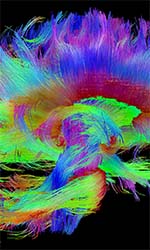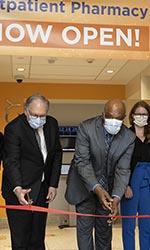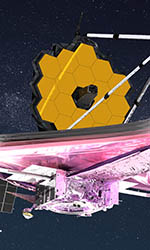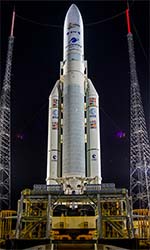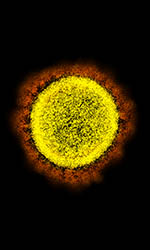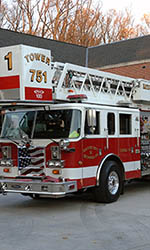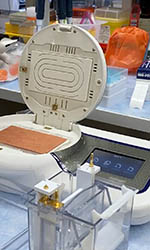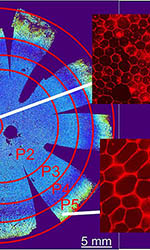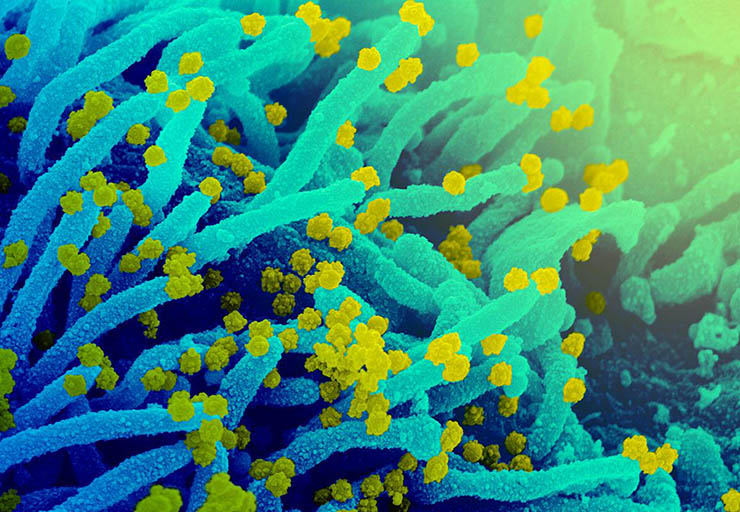
Why Some Stay Sick
Unraveling Long COVID Alongside Other Post-viral Illnesses
Well before the term long COVID was coined, scientists at NIH’s intramural research program and elsewhere began preparing for the likelihood that some people would not fully recover after infection from the novel coronavirus. Also known as post-acute sequelae of SARS-CoV-2, or PASC, long COVID is still being defined but is often described as a constellation of symptoms that persist or appear one to three months or more after an acute infection.
This page was last updated on Thursday, June 30, 2022



